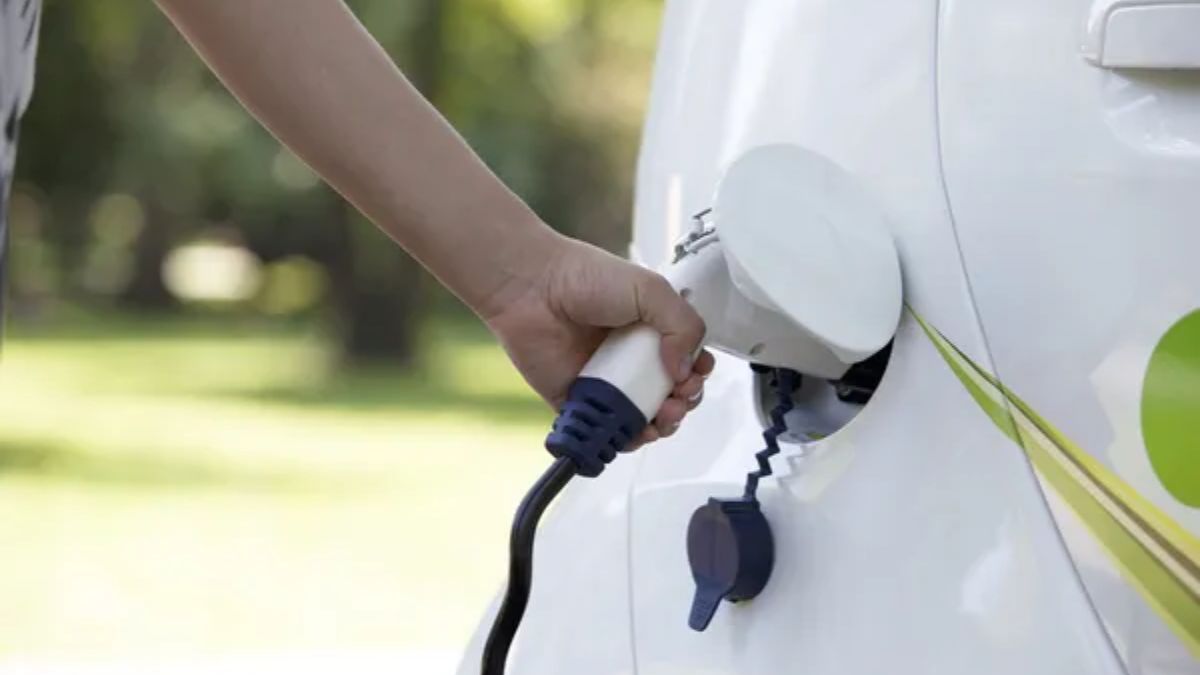
Electric scooters are efficient and eco-friendly, but they can experience issues like any vehicle. A frequent concern among electric scooter owners is when their scooter runs slowly or struggles with acceleration. Whether it’s due to a faulty throttle, low battery voltage, or motor issues, understanding the most common causes and how to fix them is essential. This guide will help you diagnose and resolve electric scooter performance problems, ensuring that your scooter runs smoothly and efficiently.
10 Reasons Why Your Electric Scooter is Running Slow
From battery issues to faulty components, it’s essential to identify the root cause so you can fix the problem and get back to enjoying smooth, fast rides. Here are 10 common reasons why your electric scooter might be running slow and how to troubleshoot them.
1. Low Battery Voltage
Low battery voltage is one of the most common reasons for a slow electric scooter. When the battery is not fully charged or has lost its capacity over time, it won’t provide enough power to the motor, causing the scooter to slow down.
- How to fix it: Charge the battery fully before each ride. Test the battery voltage using a multimeter if the scooter’s performance declines despite a full charging. If the voltage is too low, you may need to replace the battery pack.
2. Under-Inflated Tires
Low tire pressure can cause significant rolling resistance, making it harder for the motor to propel the scooter forward. This results in reduced speed and poor performance.
- How to fix it: Check the EV tire pressure with a pressure gauge and ensure they are inflated to the manufacturer’s recommended pressure. Properly inflated tires will help maintain speed and improve your scooter’s overall performance.
3. Faulty Throttle
A faulty throttle can prevent your scooter from accelerating properly. The throttle communicates with the controller to adjust speed; if it’s malfunctioning, your scooter might not reach its full potential.
- How to fix it: Inspect the throttle for visible damage or loose connections. Consider replacing the throttle to restore normal acceleration if it is unresponsive or inconsistent.
4. Motor Issues
The motor is the driving force behind your electric scooter. If the motor is damaged or worn out, it may not generate enough power to keep the scooter moving at its normal speed.
- How to fix it: Listen for strange noises or signs of overheating from the motor. If the motor is damaged, it may need to be replaced. Additionally, check for any burned wires or poor connections that could be causing the motor to underperform.
5. Dragging Brakes
Sometimes, your brakes may be partially engaged even when you’re not applying them, causing drag on the wheels. This can significantly slow down your scooter.
- How to fix it: Check if your brake pads rub against the wheels when not in use. Adjust the brake tension or replace worn-out brake pads to eliminate brake drag.
6. Low-Quality or Worn-Out Battery
If your electric scooter battery is old or of poor quality, it may not provide sufficient power to the motor, resulting in sluggish performance.
- How to fix it: If your scooter’s battery no longer holds a charge or discharges too quickly, it might be time for a replacement. Upgrading to a high-quality battery with a larger capacity can improve speed and extend the life of your scooter.
7. Faulty Controller
The controller manages the power flow from the battery to the motor. A faulty controller can limit the amount of power reaching the motor, reducing speed and overall performance.
- How to fix it: Inspect the controller for any signs of damage, such as melted wires or burn marks. The controller may need to be repaired or replaced if it is malfunctioning.
8. Loose or Damaged Wiring
Loose or damaged wires can interrupt the power flow between components, leading to poor performance or even total power loss. This can cause your electric scooter to run slow or stop working altogether.
- How to fix it: Check all wiring connections, particularly around the battery, throttle, and controller, and if you find any loose wires or damage, secure or replace them to ensure proper power flow.
9. Overheating Motor or Battery
An overheated motor or battery can trigger the scooter’s safety mechanisms, limiting performance and preventing further damage. This can result in a slow electric scooter.
- How to fix it: Let the motor and battery cool down before riding again. If your scooter frequently overheats, check for blocked vents or inadequate cooling. It may also be worth investing in a motor with better heat dissipation or a cooling system for the battery.
10. Incorrect Riding Mode or Speed Settings
Some electric scooters have different speed settings or riding modes, such as eco-mode, which limits the top speed to conserve battery life.
- How to fix it: Make sure your scooter isn’t set to an energy-saving mode. Switching to a higher speed mode can restore your scooter’s performance and allow it to reach higher speeds.
Conclusion
Dealing with a slow electric scooter can be frustrating, but the good news is that most issues can be easily diagnosed and fixed with a little troubleshooting. From low battery voltage and under-inflated tires to throttle or motor problems, understanding the root causes can help you resolve the issue and restore your scooter’s performance. Regular maintenance, such as checking the battery, tires, and controller, is key to preventing future problems and ensuring your electric scooter runs smoothly for a long time.
Whether you’re a seasoned e-scooter rider or new to electric transportation, knowing how to troubleshoot common issues can save you time, money, and the hassle of taking your scooter to a repair shop. Follow the steps outlined in this guide to keep your scooter running at its top speed and enjoy the convenience and fun of zipping around on your reliable electric ride



